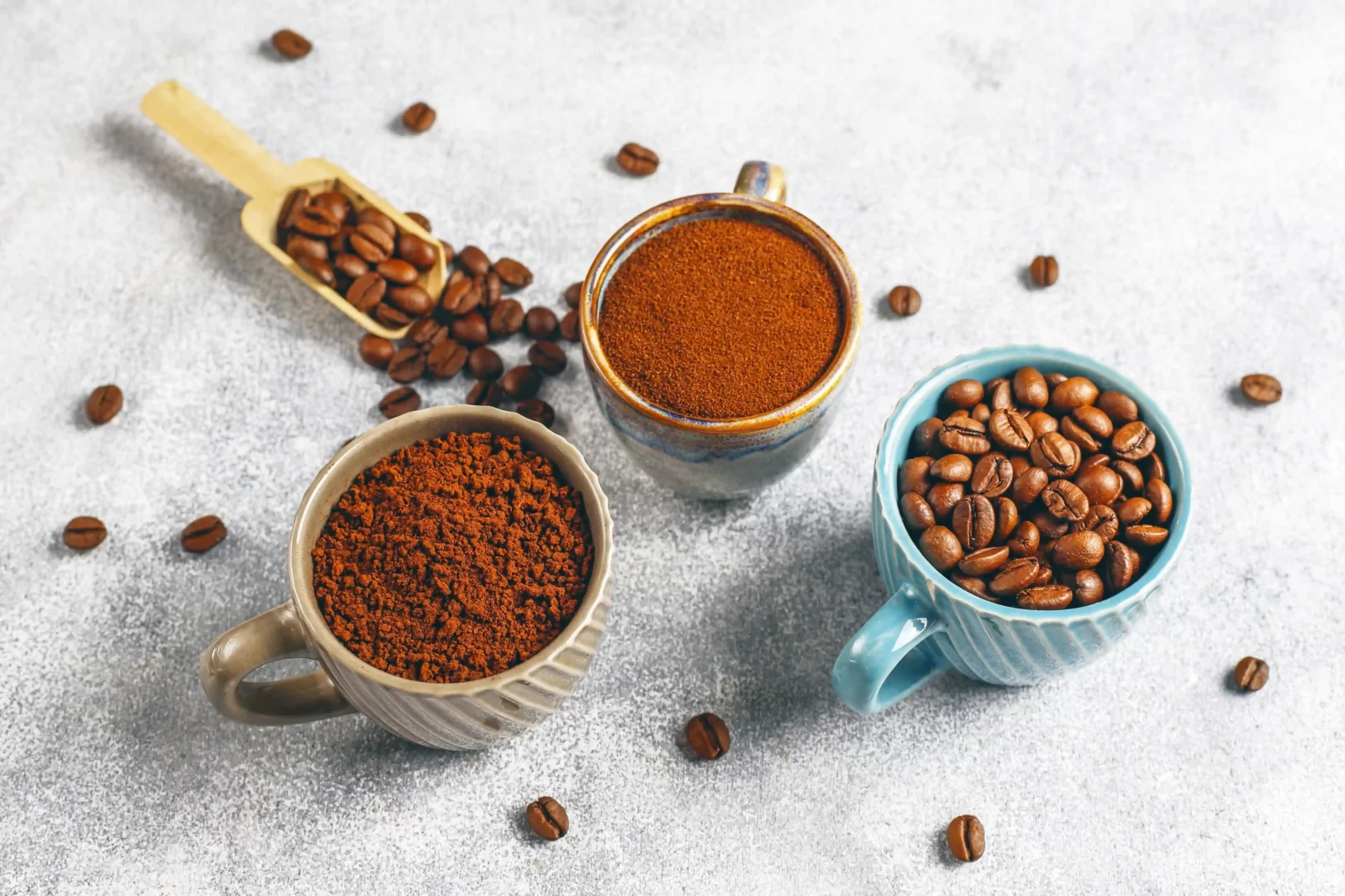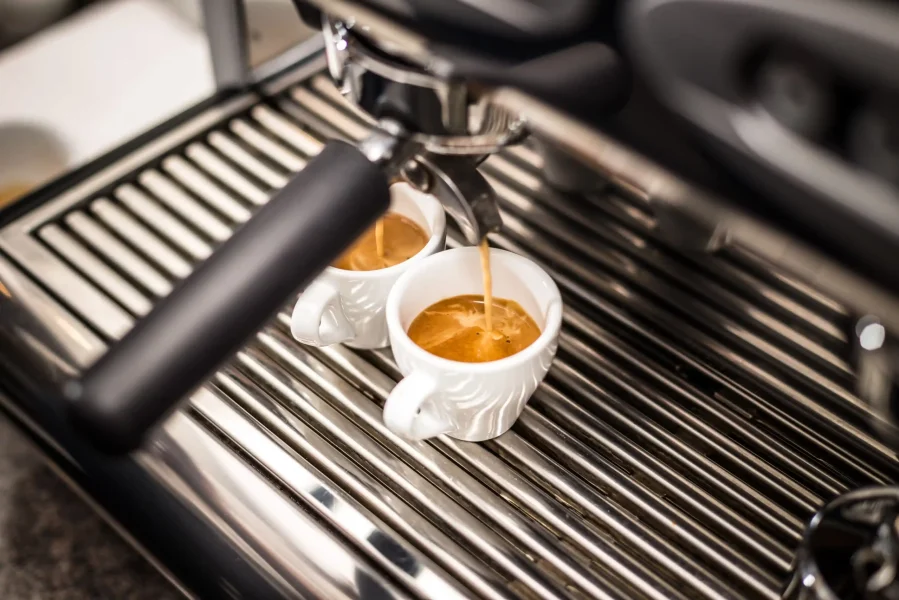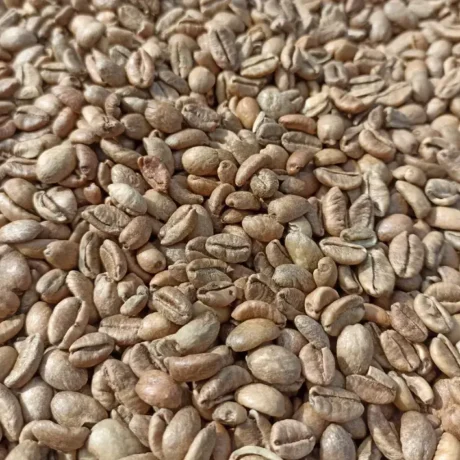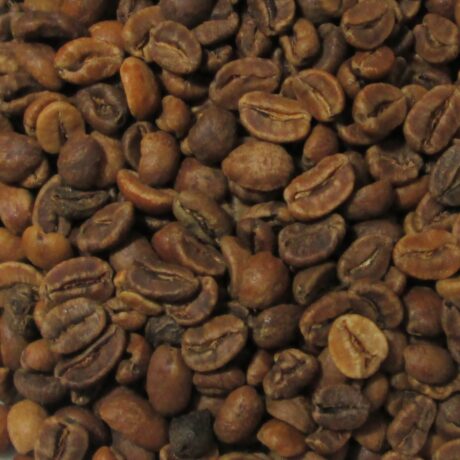Understanding the Differences Between Coffee Beans and Espresso Beans
Coffee fuels billions of people daily, but confusion often arises around one simple question: are coffee beans and espresso beans the same? The short answer is yes—they come from the same plant—but the roast profile, blend strategy, and intended brewing method set them apart. To master the difference, you need to understand the fundamentals of coffee as an agricultural product, espresso as a brewing process, and the specialized role roasting and blending play.
What Are Coffee Beans?

Coffee beans are the roasted seeds of the Coffea plant. Globally, two main species dominate production:
- Arabica (Coffea arabica): Known for smooth acidity, floral and fruity notes, and complexity. Grown at high altitudes in regions like Ethiopia, Colombia, and Costa Rica.
- Robusta (Coffea canephora): Higher caffeine content, stronger bitterness, and earthy flavors. Cultivated widely in Vietnam, Indonesia, and parts of Africa.
Coffee beans undergo three crucial stages before brewing:
- Harvesting – picked by hand or machine, either as whole cherries (selective) or strip-harvested.
- Processing – washed, natural (sun-dried), or honey process to remove pulp and mucilage.
- Roasting – transformed from green to aromatic brown beans through chemical reactions (Maillard reaction, caramelization, pyrolysis).
Coffee beans are then ground and brewed using methods like French press, pour-over, drip coffee, AeroPress, or cold brew.
What Is Espresso?
Espresso is not a bean, but a brewing method. Originating in Italy in the early 1900s, espresso uses 9 bars of pressure and finely ground coffee to produce a concentrated 25–30 ml shot. The signature features:
- Crema: A golden-brown foam layer caused by emulsified oils and CO₂.
- Body: Rich mouthfeel and syrupy texture.
- Flavor intensity: Chocolate, caramel, nutty, or smoky notes depending on roast and blend.
Espresso is the foundation for popular drinks such as cappuccino, latte, flat white, macchiato, mocha, and affogato.
Coffee Beans vs. Espresso Beans: The Core Differences

Although both come from the same species, espresso beans are roasted and blended differently. Here’s the breakdown:
1. Roasting Profile
- Coffee Beans: Often roasted light to medium, preserving delicate acidity and fruit-forward flavors. Ideal for manual brewing methods.
- Espresso Beans: Typically roasted medium-dark to dark to create caramelized sugars, lower acidity, and bold flavors that withstand high-pressure extraction.
2. Blending Philosophy
- Coffee Blends: Designed for versatility and uniqueness, often single-origin or light blends to highlight terroir.
- Espresso Blends: Engineered for balance, crema stability, and consistency. Frequently combine Arabica for aroma and Robusta for body and crema.
3. Grind Size
- Coffee Beans: Grind varies by method—coarse for French press, medium for drip, fine for pour-over.
- Espresso Beans: Always finely ground, almost powder-like, to ensure even extraction under pressure.
4. Brewing Method
- Coffee Beans: Brewed with gravity-based or immersion systems (drip, pour-over, French press).
- Espresso Beans: Brewed under high-pressure extraction with specialized machines.
Why Espresso Beans Are Roasted Darker
The science of roasting explains why espresso beans skew darker:
- Longer roast development reduces acidity and increases solubility, making it easier to extract under pressure.
- Darker roasts enhance caramel, chocolate, and smoky notes, which pair well with milk in lattes and cappuccinos.
- Crema production improves with darker roasts, especially when Robusta beans are part of the blend.
Flavor Profile Comparison
| Attribute | Coffee Beans (Light/Medium Roast) | Espresso Beans (Dark Roast) |
|---|---|---|
| Acidity | Bright, fruity, floral | Low, smooth, sometimes smoky |
| Body | Light to medium | Heavy, syrupy |
| Aroma | Complex: citrus, berries, florals | Bold: chocolate, caramel, nutty |
| Best Brewing | Pour-over, drip, French press | Espresso machines, moka pots |
Common Misconceptions
- “Espresso beans are a different species.”
Wrong. Espresso beans are simply coffee beans roasted and blended for espresso. - “You can’t use regular coffee beans for espresso.”
Technically you can, but results vary. Light roasts often produce sour, under-extracted shots due to higher acidity and lower solubility. - “Espresso beans have more caffeine.”
Not always. Robusta-heavy blends contain more caffeine, but a standard cup of drip coffee has more total caffeine than a single espresso shot because of serving size.

Buying Guide: Choosing Between Coffee Beans and Espresso Beans
When selecting beans, focus on roast, origin, and intended brewing method:
- For espresso machines: Choose medium-dark roasts, often labeled “Espresso Roast.” Look for blends with chocolate, caramel, or nutty notes.
- For pour-over/drip: Pick light to medium roasts from single-origin farms to highlight acidity and terroir.
- For versatility: Medium roasts work across both espresso and filter brewing.
Recommended Indonesian Espresso Beans
- Gayo (Aceh): Deep chocolate, herbal, syrupy body.
- Mandheling (Sumatra): Earthy, spicy, with low acidity.
- Bali Kintamani: Fruity, floral, with a clean finish—often blended for complexity.
Related Brewing Resources
- Brewing Time for Pour Over Coffee
- The Art of French Press Coffee Ratio
- Sumatra Coffee Taste Characteristics
- Espresso vs. Dark Roast Coffee Beans
FAQs
Are coffee beans and espresso beans the same?
Yes. Both come from Arabica or Robusta coffee plants. The difference lies in roasting style, blending strategy, and intended brewing method.
Can you use regular coffee beans in an espresso machine?
Yes, but results vary. Lighter roasts often taste sour or weak in espresso because they are less soluble under pressure.
Do espresso beans have more caffeine than coffee beans?
Not inherently. Roast level doesn’t change caffeine dramatically. Robusta beans increase caffeine content, but drip coffee servings generally contain more caffeine overall.
Why do espresso blends often include Robusta beans?
Robusta enhances crema thickness, caffeine strength, and body, complementing Arabica’s sweetness and aroma.




